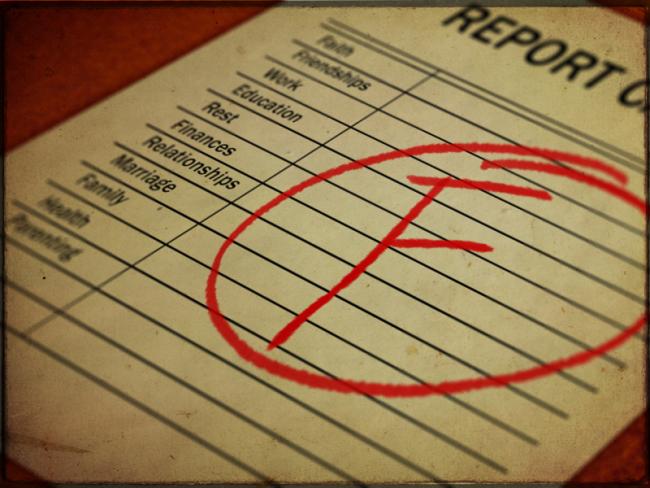Public Unions Flunk Fairness 101

It costs money to be in a union. It costs even more to win an election.
Union dues and agency fees, the mandatory fees non-members pay to the union, are spent on collective bargaining and, more importantly, partisan politics.
Teachers unions, who claim to represent each and every one of their members, spend millions on elections and other political activities. But with a membership of different beliefs and views, how can a union accurately finance the preferred causes of said members?
Actually, they can’t.
A 2015 investigation of union political spending conducted by the Center for Responsive Politics noted that the National Education Association (NEA), one of the largest labor unions in the US, was the top donor in the 2014 federal election cycle, spending $26,661,147 in just one year. Of that $26 million, the left received $26,036,947 and conservatives received $0. Are we really supposed to believe that all three million NEA members are liberal Democrats?
Another teachers union, American Federation of Teachers (AFT), listed at number 13 on the donor list, is a slightly better offender. Of their $4,092,011, only $4,012,011 went to left-wing politics, leaving the conservatives with a staggering one percent.
According to the exit polling data in 2010, 42 percent of union households across all sectors voted Republican while more 93 percent of union financial support went to the Democratic Party.
If unions really speak for the teachers, why are their funds continuously streamlined into one side of the political debate? Sadly, unions are more accountable to left-wing politicians than they are to their members.





